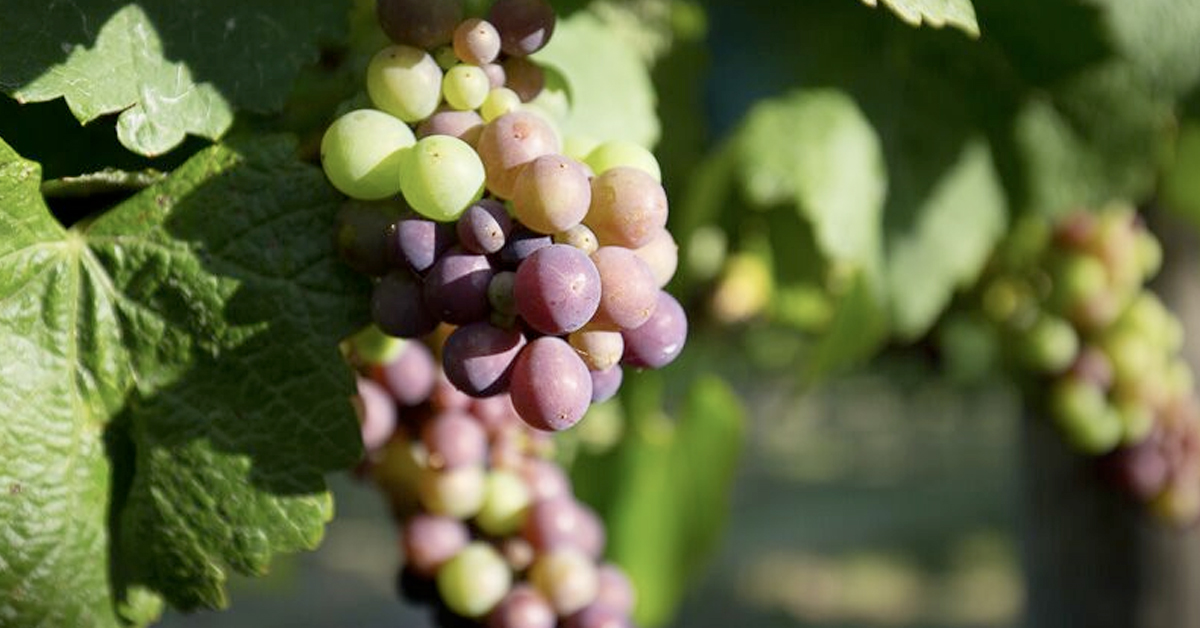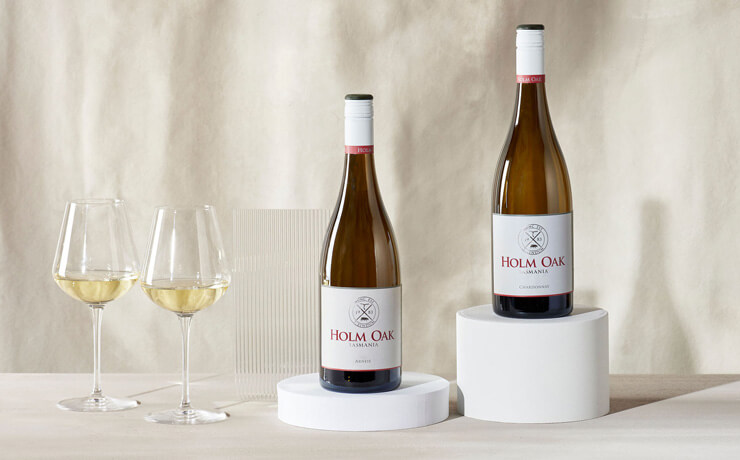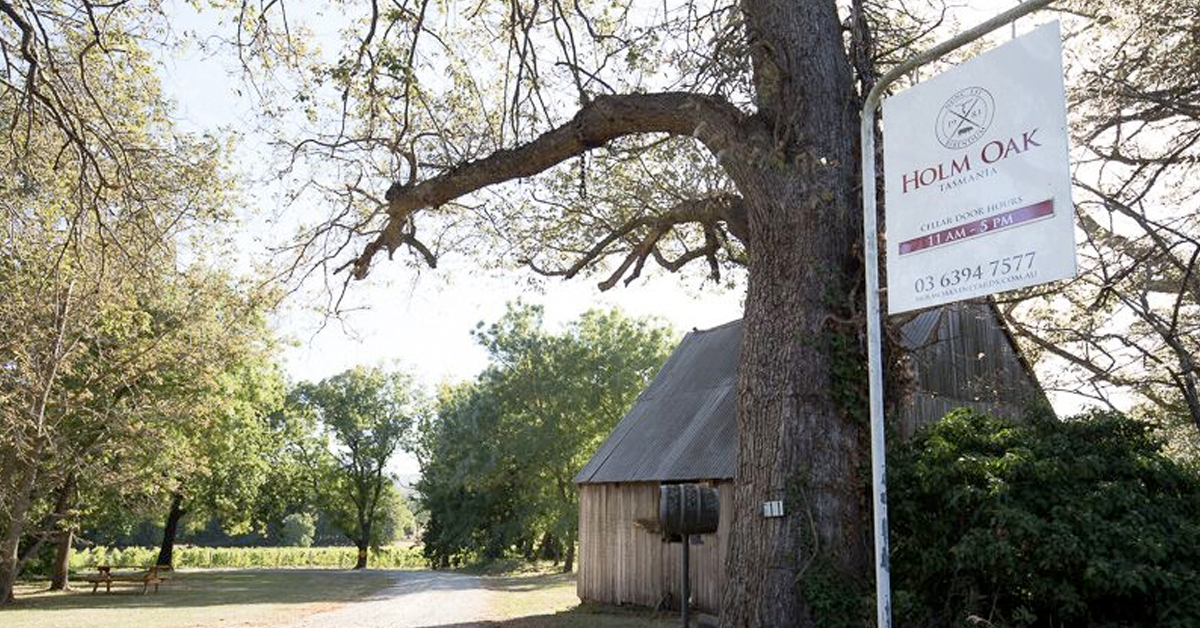Insects and biodiversity in the Holm Oak vineyard
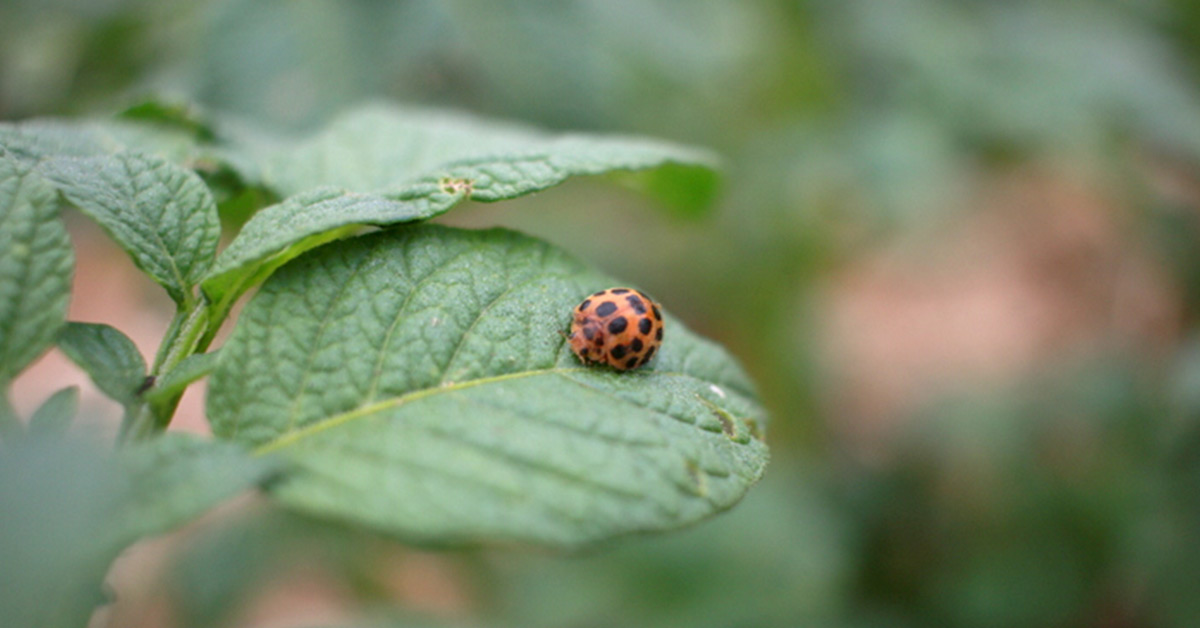
A vineyard – just like any garden, orchard or farmland – is home to a multitude of insects and other fauna that play an important role in maintaining the right ecological balance. Biodiversity is essential to the health of the soil and the plants that grow in it, but its balance can be disrupted easily. Here’s how we manage our vineyards to maintain that equilibrium to maximise the health and productivity of our vines, by encouraging the ‘good guys’ and reducing the pests.
Insect biodiversity
Insects are an important part of the biodiversity of a vineyard. The higher the biodiversity system, the more resilient it is to change. In other words, the more complex the system, the more likely it is to be buffered and more adaptable to any changes in its dynamics. Using broad-spectrum insecticides to control unwanted pests in the vineyard decreases biodiversity and, as a result, sees a decline in the health of the ecosystem. This means that over time, increased intervention is required to combat the pest that ultimately dominates.
At Holm Oak, we take an integrated pest-management approach and avoid the use of broad-spectrum insecticides. Instead, we only use targeted organic insecticides when required. As an example, we use BT (Bacillus thuringiensis) to control light brown apple moth (LBAM) grubs, and an iron-based snail pellet to control snails, both of which are certified organic. Having a diverse range of insects in the vineyard means that no one species dominates, resulting in a healthy environment for our grapevines to grow.
Beneficial insects in the vineyard
Lacewings
Adults have slender, pale-green bodies, large, delicately lacey wings and antennae. Their larvae are predators of a wide range of pest species, including thrips, mites, light brown apple moths and small larvae and mealybugs. The larvae have pincers for attacking their prey. Brown lacewing adults and larvae are also predators of a wide range of pest species.
Lady bugs, ladybirds or lady beetles
One of the most visible and best known of the beneficial insects, both the adults and larvae are active generalist feeders. Young larvae will pierce their prey and suck out their contents, while older larvae and adults will eat moth eggs, mites, thrips and other small insects.
Spiders
Spiders rely on a complex diet of prey, giving them the capacity to have a strong stabilising influence on pests throughout the season. They feed on light brown apple moths and vine moth eggs, as well as small to large caterpillars.
Hover flies
Hover flies (which look like wasps or bees) have a yellow and black banded abdomen, and the adults feed on nectar and pollen. The females lay their eggs among colonies of aphids and mites, on which the maggots feed.
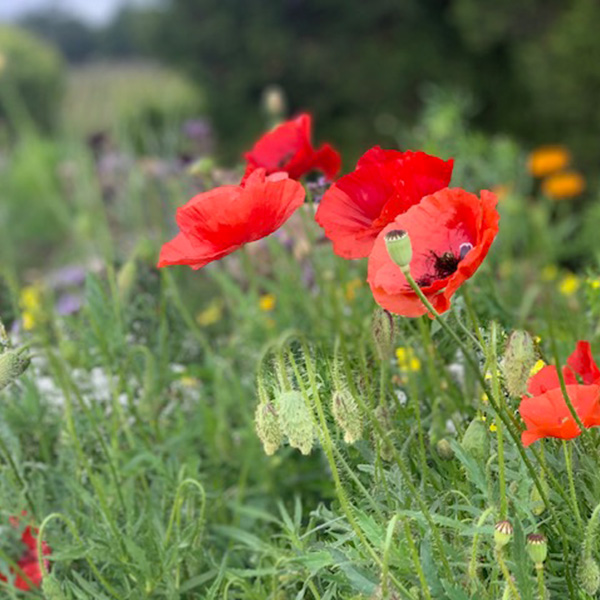
Pests in the vineyard
Snails
By decreasing the use of herbicides, we have a greater amount of plants growing under our vines. However, this in turn increases the number of snails in our vineyard, because it creates the perfect habitat for them. Snails feed on emerging grapevine buds and shoots, which subsequently results in crop losses. So, when required, we use an organic snail pellet that causes no harm to other animals. We also get the kids to collect the snails by hand and feed them to the pigs – a great pocket money earner!
Light brown apple moths
These can be among the most destructive pests in our vineyard. The larvae cause superficial damage to the grape berry surface. The harm done can be extensive – one larva entrenched in the centre of a fruit cluster can damage the whole bunch. Fortunately, they are relatively easy to control. As well as relying on the prevalence of beneficial insects in our vineyard to do their work, we use one or two applications of the organic insecticide DiPel when the apple moth crawlers emerge.
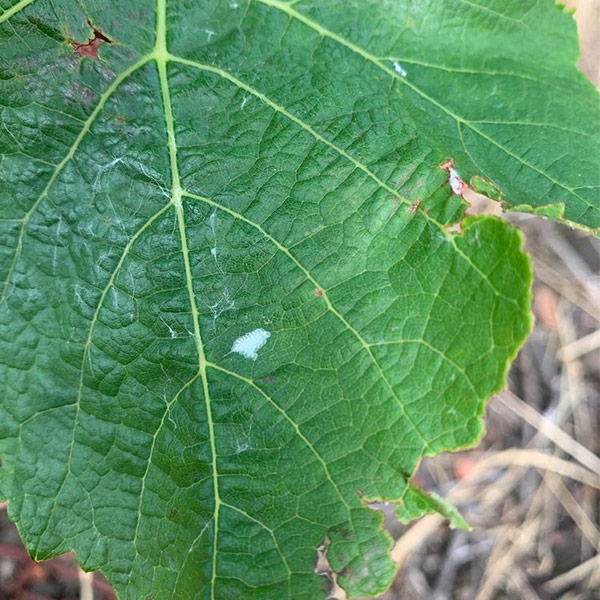
Weevils and mealy bugs
Both of these common pests exist in our vineyard and have caused us some small amount of damage in the past. However, with a move to the targeted use of organic insecticides, we’ve found that the population of these pest species has remained below the threshold that causes adverse economic impacts.
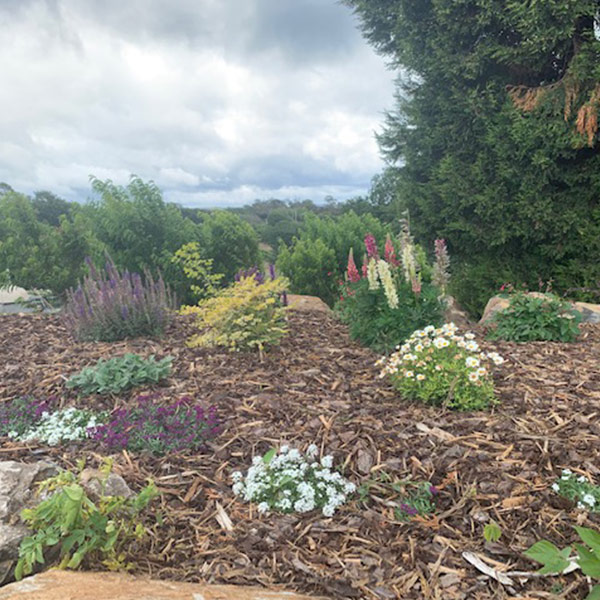
Image Source: Little Eco Footprints
